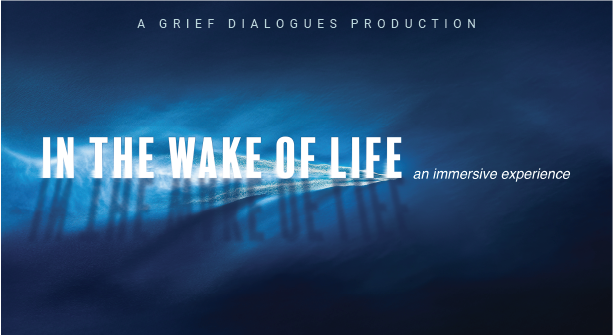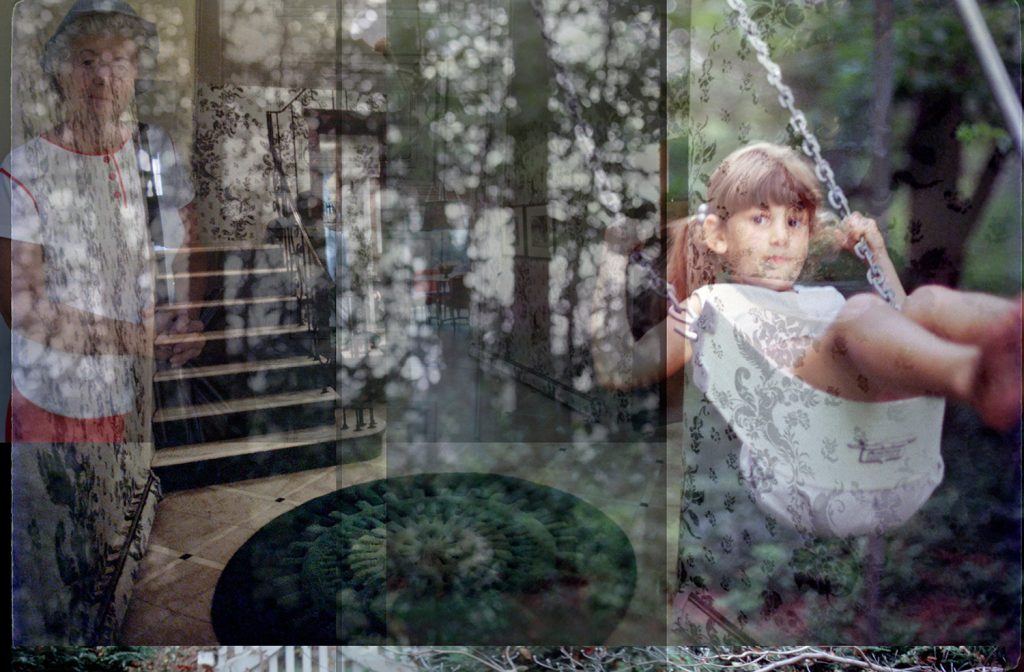At Grief Dialogues, we believe that art is one of the most profound tools for navigating grief. When words fail us, when silence feels heavy, art gives us another way to express, remember, and even begin to heal. Photographer and author Stacy Bass knows this truth intimately.
Her story of loss spans sudden tragedy and anticipated farewell, and across three decades she has used her art—photography and later writing—as a way to process, explore, and honor those absences. Her earlier body of work, Speak, Memory, revealed grief in layers of light and image. Her new memoir, Lightkeeper: A Memoir Through the Lens of Love and Loss (publishing September 16, 2025), carries that practice forward, blending photographs and prose into a testament of love, memory, and resilience.
I spoke with Stacy about her grief story, her creative process, and how the act of “lightkeeping” became both a personal practice and a gift to others.
A Grief Story in Two Acts
Stacy’s first encounter with profound loss came in August 1995. Her father and two cousins were killed when the seaplane her father was piloting crashed on Block Island, Rhode Island. He was 52; Stacy was just 28.
“In the aftermath of the accident, I struggled to make sense of this unexpected and enormous crater in my life,” she recalls. “The pain and grief it unleashed was excruciating.”
Years later, Stacy lost her mother to pancreatic cancer. This time, unlike the suddenness of the crash, there was some warning and the opportunity to prepare. Though the grief was no less sharp, she approached it differently.
Both experiences shaped her: one defined by shock, the other by slow anticipation. And in both, she turned to art as a way through. “For the last 30 years, I have actively tried to use my art to help understand and process my grief,” she says.
Photography as Survival
In the early months after her father’s death, Stacy instinctively reached for her camera. Photography had always been her passion and profession, but now it became her lifeline.
“My instincts were to use my photography to explore the intense and often extreme range of emotion I was faced with each day,” she says. “These efforts ultimately led to a body of work I called Speak, Memory.”
The series used a combination of layering techniques—photographic projections, color fields, fragments of text, stream-of-consciousness imagery—to depict the complexities of memory and grief. The pieces have a dream-like quality: saturated with depth, light, and juxtapositions that mimic the way grief fragments our perception of time.
“By juxtaposing color, writings, slices of light, and stream-of-consciousness imagery, Speak, Memory exposed personal history and truth and the dream-like state it often takes in one’s mind,” Stacy explains. “The saturation, depth and luminance of memory resonated in each layer and montage, hopefully leaving the viewer with a sense of hope and discovery.”
For Stacy, creating the work was both cathartic and grounding. Each piece began with an emotion or a memory she wanted to express. She would search her photographic archive for images that held meaning, or capture new ones, and then layer them together into collages.
“Each image has to first have its own strength and meaning,” she says. “Only then can it join the others to tell a larger story.”
Writing Beyond the Frame
Over time, Stacy realized photographs could only hold part of her story. What about everything just outside the edges of the frame? What about the unspoken feelings that lived in memory but not in image?
She began to write.
At first, it was journal-like fragments: short reflections she sometimes shared on social media on birthdays, anniversaries, or other milestone days connected to her father. These posts resonated not only with her but with others, who offered support and connection in return.
“It was clear that the writing was reaching possibly a deeper, but perhaps just a different place for me,” she says. “It became critical to my ability to move forward and to be more present in my everyday life.”
Writing gave her another language for grief—less visual, but equally powerful. It expanded the frame, allowing her to tell the parts of the story that photos couldn’t capture.
I Love You, Mom
When her mother was diagnosed with pancreatic cancer, Stacy felt a deep need to support her not just medically or logistically, but spiritually. She created a daily Facebook project called I Love You, Mom.
Each day, she posted a photograph from her mother’s life—snapshots of childhood, college, family, theatre outings, philanthropy, and simple joys—along with short captions or stories. The posts became a living tribute, a way to remind her mother of the full, rich life she had lived.
“I had hoped to create a living and breathing portrait, one that would both delight and remind my mom of the wonderful life she had lived and the range of people she had impacted and influenced,” Stacy explains.
The project quickly grew beyond her original hopes. Friends, family, and even acquaintances joined in the online conversation, adding stories, affirmations, and love. Her mother herself delighted in the memories, and the support buoyed her spirits in those final months.
“I recognized that this art and act of ‘lightkeeping’ was extremely powerful and resuscitating, too,” Stacy says.
That year-long tribute, coupled with her earlier journal writing, became the foundation for her memoir, Lightkeeper: A Memoir Through the Lens of Love and Loss.
Lightkeeping as a Practice
From these experiences came a practice Stacy calls lightkeeping. It is the intentional act of keeping the light of loved ones alive through memory, art, and storytelling.
She encourages others to try it themselves:
- Revisit photo archives. Pull out dusty boxes, yellowed albums, old slides or negatives. “The act of reviewing these images can be incredibly strengthening and sustaining. Literally a re-viewing.”
- Look outside the frame. Ask what was happening around the photo—what passions, priorities, or joys does it reveal?
- Share with others. Invite family or friends to add their context or memories. These conversations often bring forward new stories.
- Write what you feel. Caption the images, journal, or simply jot down memories as they surface.
“Keeping their light alive and glowing in these ways, despite the physical absence, can be an astonishing elixir,” Stacy says.
Out of Grief Comes Art
Stacy Bass’s journey is a testament to the mission of Grief Dialogues: that out of grief, art can emerge—not to erase the pain, but to give it shape, expression, and meaning.
Through her layered photographs, her intimate writing, and now her memoir, Stacy has shown how art can carry us through sorrow and toward connection. Her work is not only about memory, but about presence—about how we continue to hold and honor those we love.
As Stacy reminds us, grief twists time and confuses logic. But art—whether a photo, a journal entry, or a shared story—offers us a way through. It helps us express what feels unspeakable, understand what feels impossible, and connect with others who have walked similar paths.
In the end, lightkeeping is about more than remembrance. It is about building resilience, community, and love.
We are honored to share Stacy’s story and her work here. Her memoir, Lightkeeper: A Memoir Through the Lens of Love and Loss, is available September 16, 2025.
Order Lightkeeper from your local, independent bookstore, an online bookstore such as Bookshop.org or from my personal favorite, Eagle Harbor Bookstore. Tell them Elizabeth Coplan sent you!
Explore Stacy’s work: stacybassphotography.com | Instagram @gardensatfirstlight | @stacybassphoto
Read the preface to Lightkeeper on GriefDialoguesStories.com and we invite you to share your own story of grief and art.







2 Comments
[…] At Grief Dialogues, we believe art helps us carry what grief leaves behind. Photographer and author Stacy Bass shows us how images and words can preserve love, memory, and light. Her journey from Speak, Memory to her forthcoming memoir Lightkeeper reminds us that even in loss, creativity can sustain us and connect us to one another. Read my interview with Stacy Bass here. […]
[…] At Grief Dialogues, we believe art helps us carry what grief leaves behind. Photographer and author Stacy Bass shows us how images and words can preserve love, memory, and light. Her journey from Speak, Memory to her forthcoming memoir Lightkeeper reminds us that even in loss, creativity can sustain us and connect us to one another. Read my interview with Stacy Bass here. […]